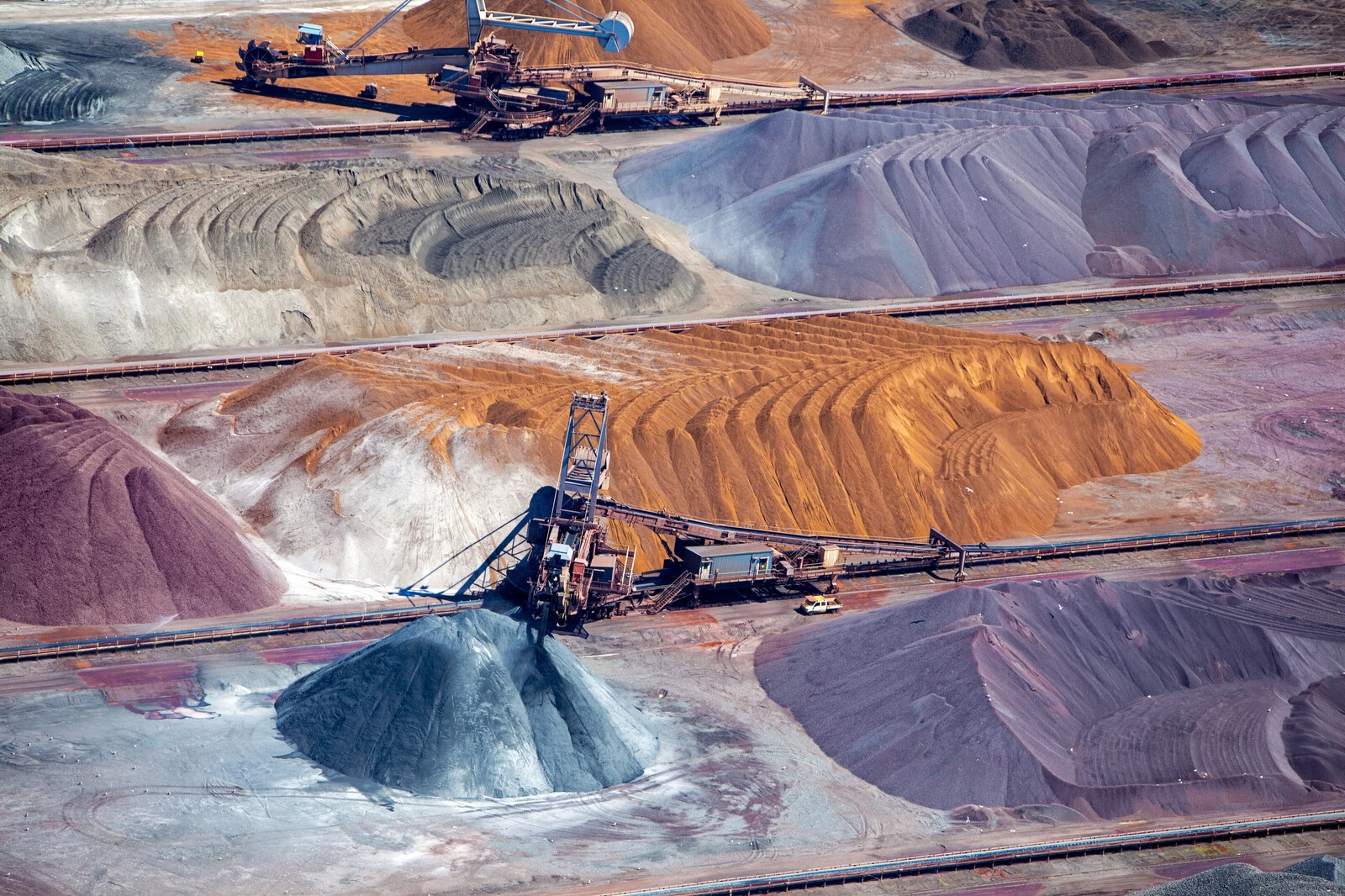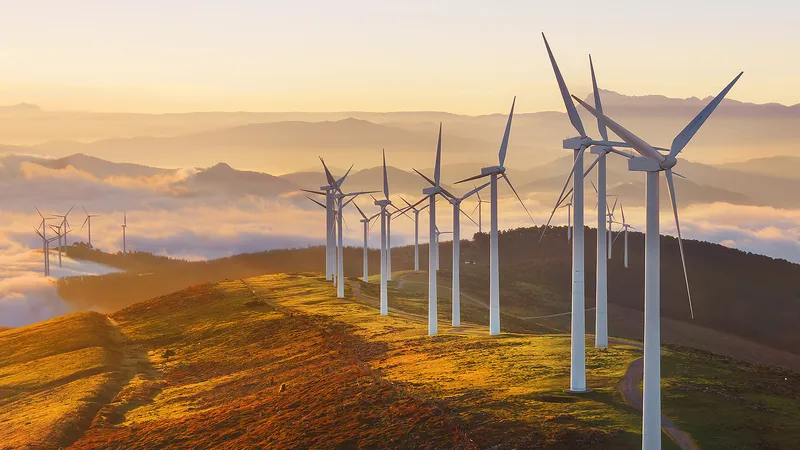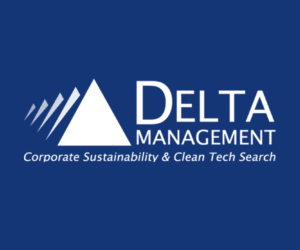Canada’s Critical Minerals Race: Digging Deeper Than the Mine
Canada’s push for critical minerals could power the clean economy—or repeat the mistakes of past resource booms. In this piece, Mita Dasog argues that real leadership lies not in mining more, but in mining smarter: refining with clean energy, recovering what we waste, and ensuring Indigenous communities share in the benefits. The next frontier of the minerals race isn’t underground—it’s in how we choose to build a just and circular economy above it.
A Green Gold Rush with Old Risks

In the race for critical minerals, Canada is gearing up like never before. The federal government’s 2022 Critical Minerals Strategy, followed by billions in investments through the Strategic Innovation Fund and the Critical Minerals Infrastructure Fund, signals one thing: Ottawa intends to make Canada a global player in the supply of the materials that power EVs, wind turbines, and green fuel systems. Yet as governments, investors, and mining companies rally around this new “green gold rush” we risk repeating the old mistakes of the extractive economy which resulted in polluted water, devastated landscapes, and broken promises to Indigenous communities. If Canada is to truly lead in the clean economy, we need to move beyond just digging. The next phase must be about refining smarter, mining cleaner, and recovering more from what we have already thrown away.

Learning from the Last Boom
The urgency is understandable. As the world transitions away from fossil fuels, demand for lithium, nickel, cobalt, graphite, and rare earth elements is expected to rise between four- and six-fold by 2030, according to the International Energy Agency (IEA).
Canada, with its vast geological endowment, wants in. Many provinces are fast-tracking new mines, and northern regions are seeing an exploration boom. But this is not the first time Canada has raced to extract a strategic resource. The last century offers a cautionary tale. From the oil sands to uranium, our extractive industries have brought economic growth but also contamination, displacement, and lasting ecological scars. Tailings ponds, acid mine drainage, and toxic legacy sites still dot our landscape. In many regions, Indigenous communities were left to shoulder the health and environmental burdens of projects from which they saw little benefit. If we rush into the critical minerals boom without reforming how we mine and refine, we will simply trade one kind of pollution for another but this time under a green banner.
Mining Smarter: The Resources We Already Have
First, “critical minerals” shouldn’t automatically mean “new mines.” We’re surrounded by untapped resources in landfills, industrial waste, wastewater, brines and oceans. Every year, Canada produces over 725,000 tonnes of electronic waste, yet less than 20% is properly recycled. Those discarded phones, circuit boards, and EV batteries contain gold, palladium, cobalt, lithium, and rare earths, the very materials we are spending billions to dig up again. Many of Canada’s older mine sites contain leftover metals in their tailings. New extraction technologies such as bioleaching or solvent extraction can recover valuable minerals while cleaning up legacy pollution. Direct lithium extraction from brines and geothermal fluids is emerging as a cleaner alternative to open-pit or hard-rock mining.
Canada’s problem isn’t geology, it’s value capture. We dig, but others refine. Despite being the world’s sixth-largest miner of nickel and a top five producer of potash, Canada processes only a fraction of its critical minerals domestically. For example, over 90% of battery-grade graphite and 77% of refined rare earths are processed in China. Canada exports raw or semi-processed nickel and lithium, then imports battery components at a premium. Without refining capacity, we remain price takers, selling our resources at low margins while buying back value-added products.
Powering Clean Refining with Clean Energy

The biggest hurdle to refining critical minerals in Canada has always been energy cost. Refining nickel or producing battery-grade lithium is energy-intensive and historically it has been cheaper to do abroad, often in countries burning coal. But Canada’s energy landscape is changing fast. With major investments flowing into wind energy, small modular reactors, and green hydrogen, we have the chance to close the loop: using clean energy to produce clean materials. Take Québec’s hydro and emerging hydrogen projects, or Atlantic Canada’s expanding wind-to-hydrogen developments. These investments could anchor low-carbon refining hubs—places where raw minerals are processed with near-zero emissions, feeding battery and component plants nearby.
More importantly, a sustainable critical-minerals strategy must begin with justice. Indigenous lands intersect with nearly every major mineral deposit in Canada. For too long, these communities have faced the costs of extraction without fair benefit or consent.
From Extraction to Evolution
A truly forward-looking critical-minerals policy could include:
- Accelerated permitting with accountability.
- Refining Investment Tax Credit
- National Materials Recycling Fund.
- Green-energy-powered industrial clusters.
- Transparency and lifecycle standards.
There’s a risk that the rush for critical minerals becomes the next oil sands, touted as sustainable, but ultimately constrained by environmental damage, water use, and social opposition. The rhetoric of “green mining” will ring hollow if it’s only about scale and not about method. The critical-minerals race is real, and Canada cannot afford to sit it out. But the goal should not be to win by volume. It should be to lead by example: showing that a resource-rich country can build a clean, circular, and inclusive supply chain from mine to motor. That means breaking free of the old model: extract, export, repeat and building a new one grounded in recycling, refining, and respect. If we do this right, Canada’s critical-minerals strategy will not be an industrial plan, it will be a blueprint for how resource economies can evolve in the age of climate responsibility. In the end, the race for critical minerals is not just about who digs fastest. It is about who learns how to do it better, faster.














